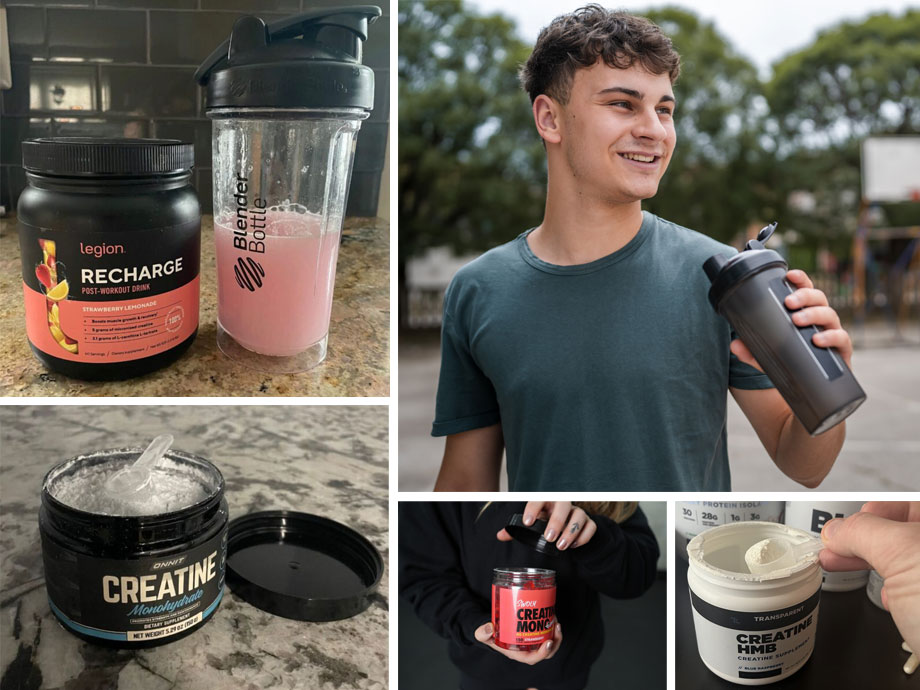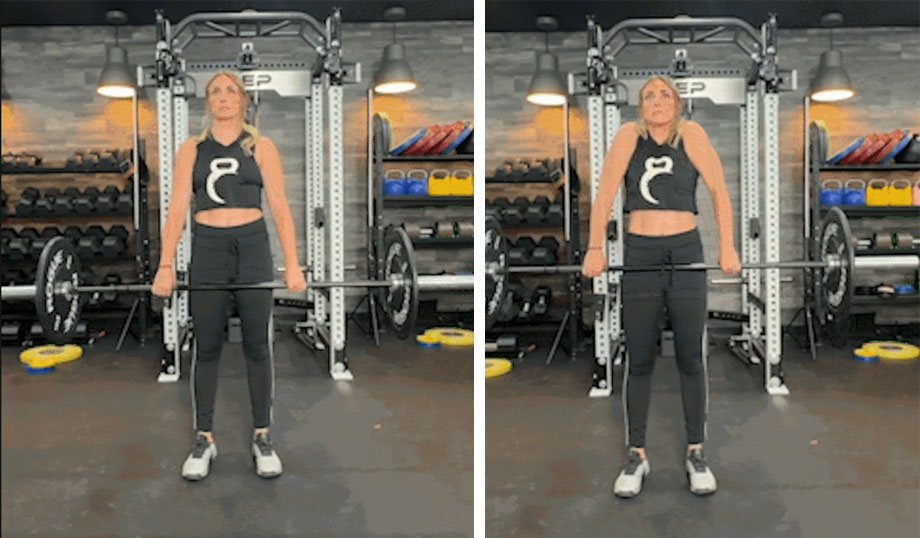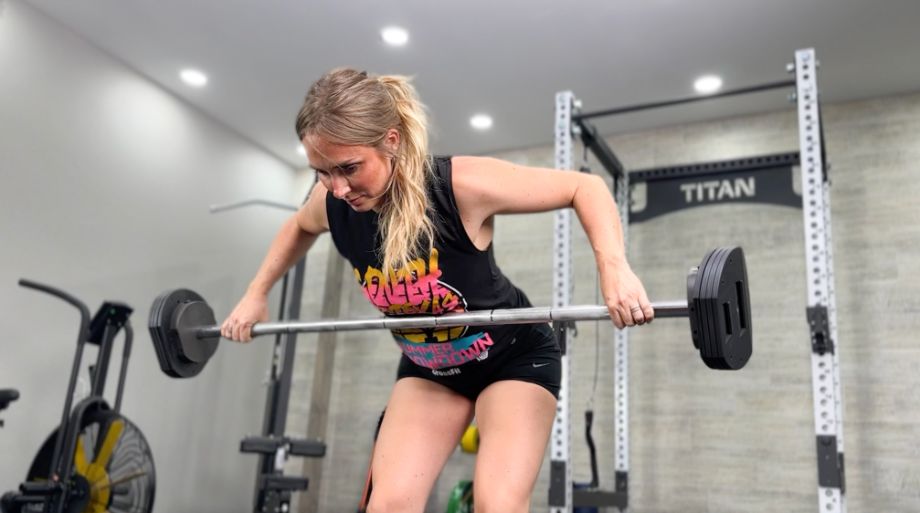Progressive overload is the name of the lifting game. To get bigger, stronger, or to lose more fat, you need to progressively overload the body to get results. The easiest way to do this is to add more weight or lift for more reps and sets, but this will only get you so far, because there comes a point when you get stuck and can no longer progress.
This is known as the dreaded plateau. An underrated way to defeat this stalemate is to lighten the load, do fewer reps, and slow down—that sounds counterintuitive but bear with this certified personal trainer. Let me introduce tempo training.
Whether you are into advanced bodybuilding or you’re an all-around beginner, you can benefit from tempo training. But what is tempo training, and how do you insert this secret ninja method into your workout routine? Here we’ll explain all things tempo training and how to incorporate the technique into your current training plan to crush your health and fitness goals.
RELATED: A Complete Guide to Using Resistance Bands
What Is Tempo Training?
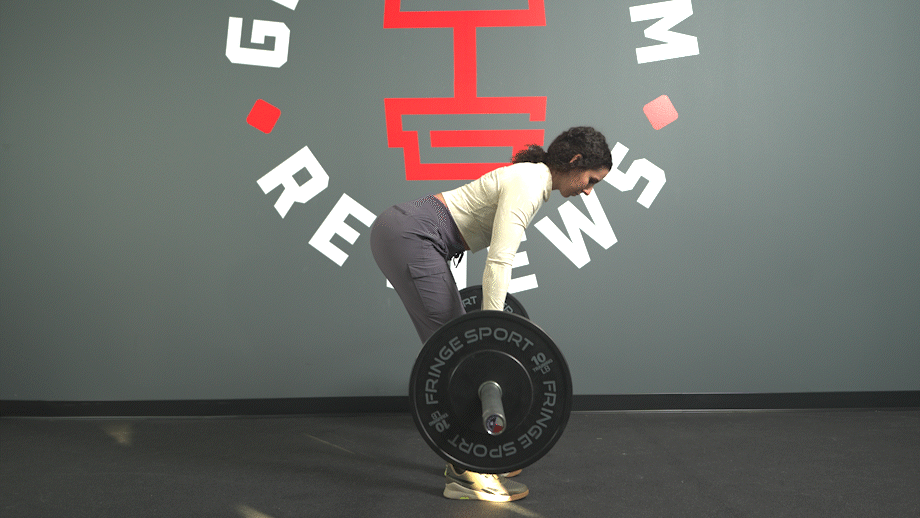
Tempo training is all about lifting with control. Too often, in an attempt to finish a set of pull-ups, people rush through it and lose the hypertrophy benefits that tempo training provides. To start, let’s look at the different parts of an exercise. Each rep you perform has four separate parts:
- Eccentric phase: This is where your muscles lengthen. For example, you are lowering the barbell with a bench press.
- Bottom position (isometric): The bottom of your bench press just above your chest.
- Concentric phase: Here, your muscles shorten and overcome the resistance as you push the barbell up.
- Lockout or top of the lift position (isometric): The completion of your rep.
Scientists have actually concluded that moving more slowly during the eccentric phase leads to greater hypertrophy gains over time, as stated in a study in the journal Frontiers in Physiology in 20171.
Each lift portion has its own number, and the amount of time in each part is manipulated to put your muscles under more tension. Subjecting your muscle fibers to more tension is a high-intensity training method, so you’ll need to lighten the load and lift for fewer reps than you usually would.
4 Big Benefits of Tempo Training
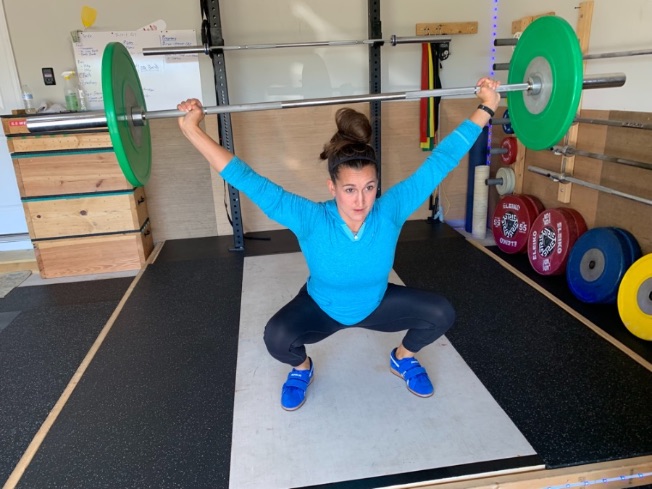
Weight training with tempo will build a better mind-muscle connection and increase the muscle’s time under tension, or TUT. Tempo training, when performed correctly, will improve your muscle adaptations and strength levels due to the increased time under tension, according to a study in The Journals in Physiology2. Here are a few more benefits of tempo training.
Better Feedback And Form
There are several ways to know if you’re performing an exercise correctly, like watching yourself in the mirror (not ideal), getting a friend to video you, or lifting with tempo. When you slow down the lift, you become much more aware of whether there is any hitch in your giddy up. For instance, during any barbell or dumbbell row variation, a common error is to shrug your traps and not lift with your upper back.
When lifting with tempo, you’re more likely to notice a muscle contraction in your traps, and you can get those shoulders down and chest up to correct this technique flaw. Beginners can significantly benefit from tempo training for reasons like this.
Progression Without Adding Weight
Plateauing with a certain weight or lift is bound to happen, and some lifters take this as a blow to their ego and try to fight through it. There is nothing wrong with that, but if it leads to a drop-off in technique, pain and injury may result. Taking a step back in load and lifting with tempo increases the muscle’s time under tension and will improve your strength. When you get back to the weight that was giving you trouble, you’ll be able to handle it better3.
Reduced Injury Risk
When you control the exercise and how you perform it, it will reduce your injury risk because you are more aware of your body’s position while lifting. Lifting with tempo increases your focus on technique, and lifting less weight is less stressful on your joints.
Better Muscle-Building Potential
The main difference between training for fat loss or muscle is calories in and calories out. A calorie surplus typically results in muscle gain, and a calorie deficit typically results in fat loss. Applying increased muscular tension when training with tempo will increase your body’s potential to burn fat or build muscle. Plus, in a 2012 paper in The Journals of Physiology4, researchers found that increasing TUT can increase muscle protein synthesis post-workout, which means that more new muscle fibers are created during recovery periods.
The Tempo Training Formula
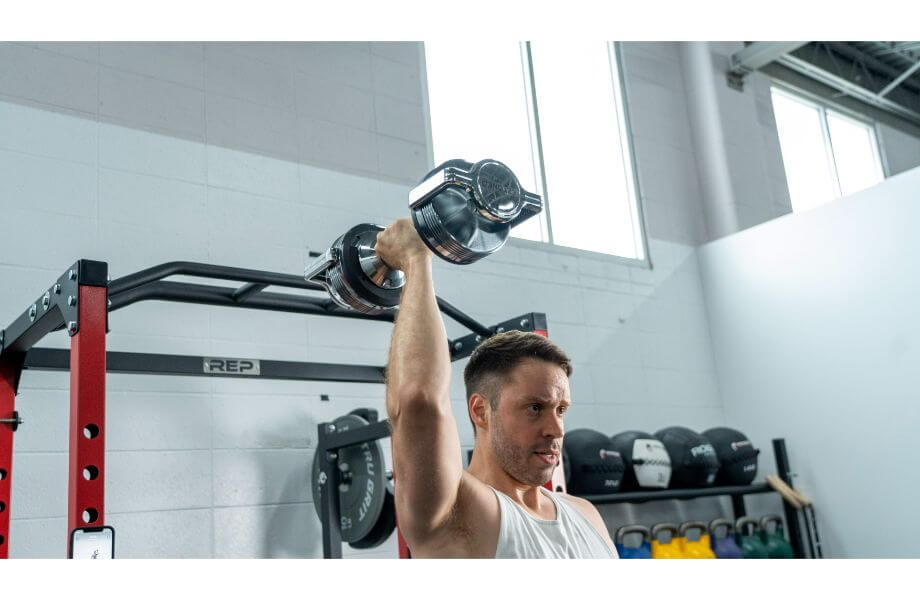
Each rep has four parts, the eccentric portion, bottom position, concentric portion, and lockout, and the numbers represent how many seconds this takes. For example, 3-1-3-2, for the squat, means you’ll take 3 seconds to lower your to your preferred squat depth. Then a pause of 1 second at the bottom, 3 seconds to squat up, and 1 second to pause at the top.
- First number = Eccentric
- Second number = Bottom Position
- Third number = Concentric
- Fourth number = Lockout
Incorporate Tempo Training Based On Goals
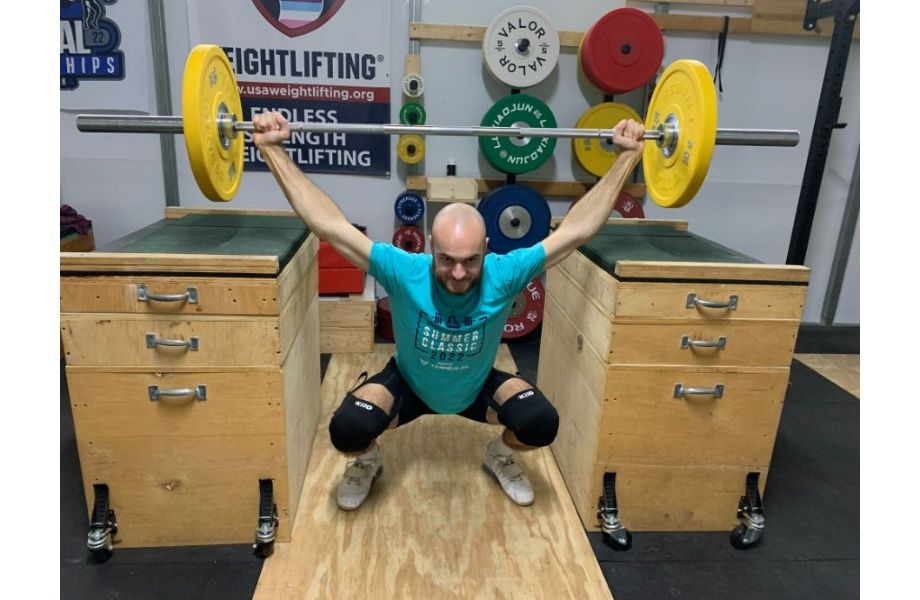
When using tempo to reach a particular goal, it is about changing the lift’s tempo numbers to suit your goals better. For instance, if your goal is muscle growth, slowing down the eccentric and concentric parts of the lift works well. Here is how to use tempo to build strength and muscular endurance.
To Build Muscular Strength
Heavier weight (around 85% of your one-rep max or 1RM) and lower rep schemes are needed to build absolute strength. Due to the increased load, a quicker tempo is recommended when using tempo for strength, something like a 2-1-0-1. It doesn’t seem like a big change, but this tempo is slower than how you would usually lift. Two to four sets of four to six reps with a three- to five-minute rest between sets work well.
To Build Muscular Endurance
Building muscular endurance with tempo is the direct opposite of building strength. Here, lighter weight is used; think between 40% to 60% of your 1RM with a shorter rest period between sets, so your muscles have less time to recover. Tempos like 8-0-4-2, 8-4-2-2, and 6-2-2-2 for three to four sets of five reps, resting 60 to 90 seconds between sets, will boost your muscular endurance.
Tempo Training: Q&A
What are the benefits of tempo training?
Tempo training is an excellent method to bust through plateaus, whether it be the weight you lift or the number on the scale. You will create a better mind-muscle connection, and improve your chances of building more muscle, burning more fat, improving your form, and reducing your injury risk while lifting. What’s not to like?
How do you do a tempo workout?
Lifting with control is the key to a good tempo workout during strength training. Each rep has four parts; the focus is needed to slow down the lift, concentrate on the form while performing a count in your head, and keep track of your reps. Having a stopwatch within eyesight will help you keep track of your tempo so you can focus on reps and form.
Are tempo workouts good?
Tempo workouts are good for a change of pace when you want to add variety to your training. Plus, tempo workouts are great for busting through plateaus, improving your deadlift, squat, and bench press technique, and making a light weight feel heavy.
References
- Franchi Martino V., Reeves Neil D., Narici Marco V. Skeletal Muscle Remodeling in Response to Eccentric vs. Concentric Loading: Morphological, Molecular, and Metabolic Adaptations. Frontiers in Physiology. 8;2017(447). DOI=10.3389/fphys.2017.00447.
- Burd NA, Andrews RJ, West DW, et al. Muscle time under tension during resistance exercise stimulates differential muscle protein sub-fractional synthetic responses in men. J Physiol (Lond). 2012;590(2):351-62.
- Wilk M, Golas A, Krzysztofik M, Nawrocka M, Zajac A. The Effects of Eccentric Cadence on Power and Velocity of the Bar during the Concentric Phase of the Bench Press Movement. J Sports Sci Med. 2019;18(2):191-197.
- Mike JN, Cole N, Herrera C, VanDusseldorp T, Kravitz L, Kerksick CM. The Effects of Eccentric Contraction Duration on Muscle Strength, Power Production, Vertical Jump, and Soreness. J Strength Cond Res. 2017;31(3):773-786. doi:10.1519/JSC.0000000000001675
- Vogt M, Hoppeler HH. Eccentric exercise: mechanisms and effects when used as training regime or training adjunct. J Appl Physiol (1985). 2014;116(11):1446-1454. doi:10.1152/japplphysiol.00146.2013
- Hody S, Croisier JL, Bury T, Rogister B, Leprince P. Eccentric Muscle Contractions: Risks and Benefits. Front Physiol. 2019;10:536. Published 2019 May 3. doi:10.3389/fphys.2019.00536



